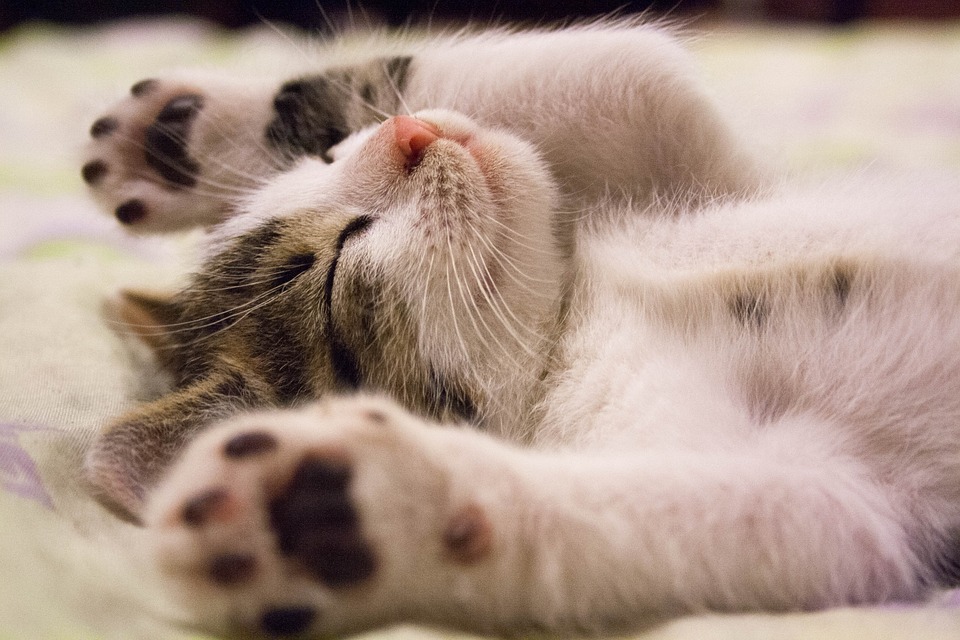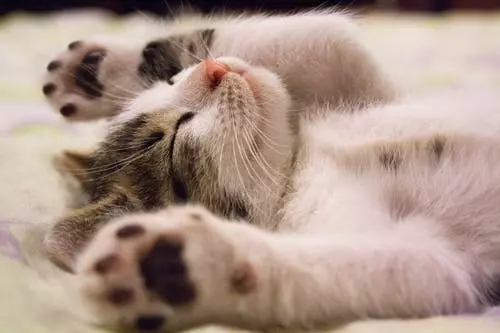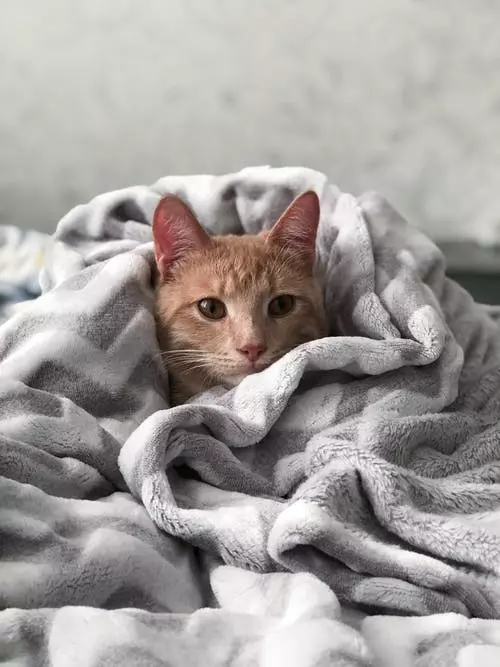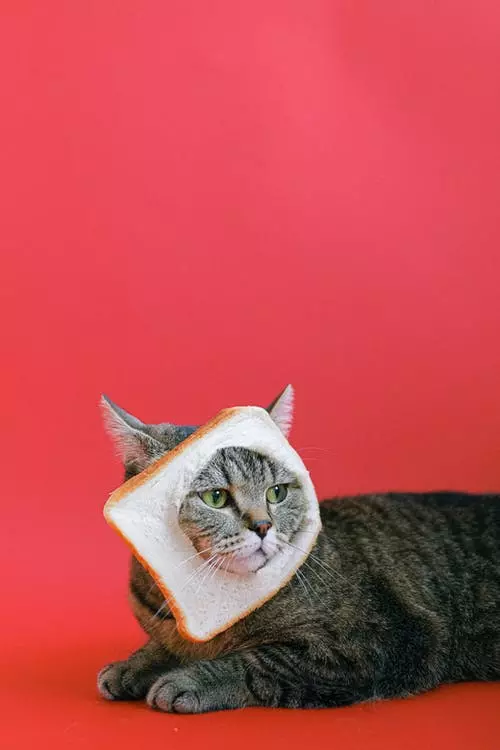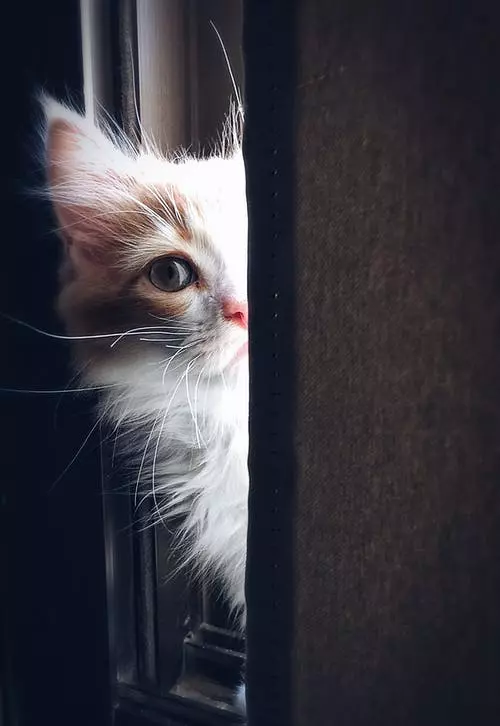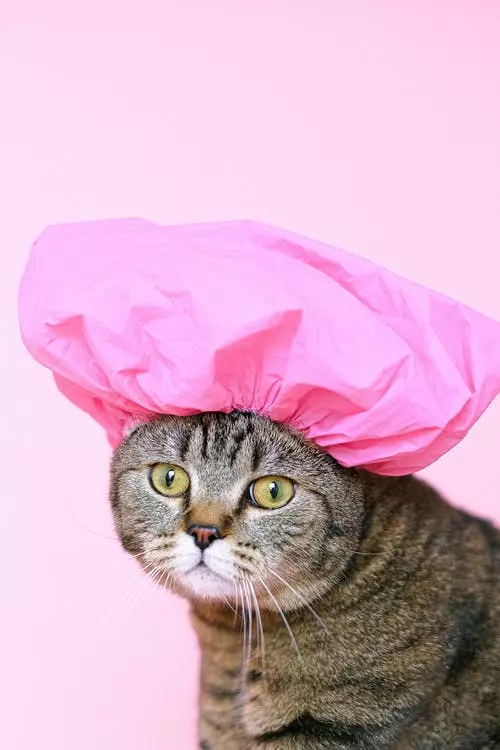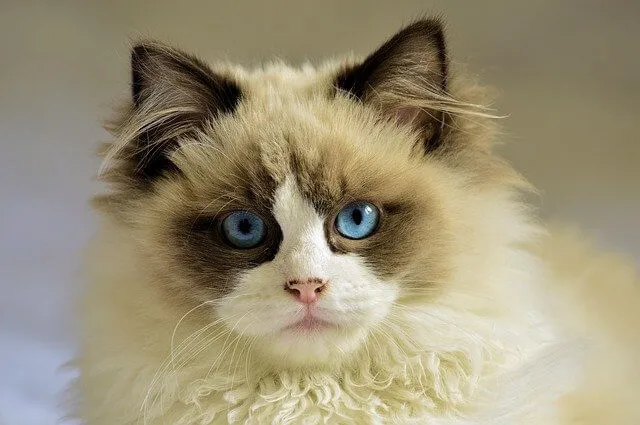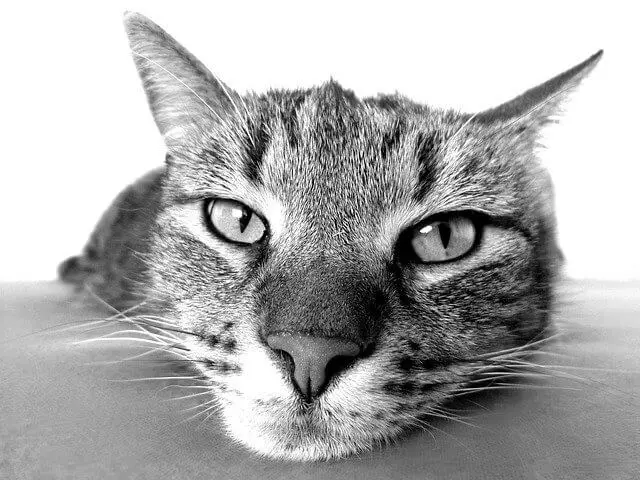Understanding Wool-Sucking Behavior in Kittens: Causes and Solutions
Introduction:
The Intriguing World of Cat Behavior
Unraveling the Mystery of Wool-Sucking Behavior
1. What is Wool-Sucking Behavior?
– Definition and Explanation
– Prevalence in Kittens
2. Causes of Wool-Sucking Behavior:
– Innate Instincts and Genetic Predisposition
– Early Separation from the Mother
– Boredom and Lack of Stimulation
– Stress and Anxiety
– Nutritional Deficiencies
3. Signs and Symptoms of Wool-Sucking:
– Obsessive Chewing and Sucking
– Damaged Fabrics and Household Items
– Digestive Problems
– Dental Issues
4. Solutions to Manage Wool-Sucking Behavior:
– Providing Appropriate Alternatives
– Environmental Enrichment and Play
– Creating a Safe and Calm Space
– Ensuring a Balanced Diet
– Seeking Veterinary Consultation
FAQs (Frequently Asked Questions):
Q1: Is wool-sucking behavior harmful to kittens?
A: While wool-sucking itself may not be harmful, it can lead to various health issues such as gastrointestinal blockages or dental problems if the kitten ingests non-digestible materials.
Q2: Can wool-sucking behavior be stopped?
A: With proper intervention and management, wool-sucking behavior can be reduced or even stopped in most cases. It requires identifying the underlying cause and implementing appropriate solutions.
Q3: Are certain cat breeds more prone to wool-sucking behavior?
A: Certain cat breeds, such as Siamese, Burmese, and Ragdolls, are more predisposed to wool-sucking behavior due to their genetic background and higher levels of curiosity.
Q4: Can providing toys or playtime help alleviate wool-sucking behavior?
A: Yes, offering interactive toys and engaging in regular play sessions can help redirect a kitten’s attention and provide mental and physical stimulation, reducing the likelihood of wool-sucking behavior.
Q5: Should I consult a veterinarian if my kitten exhibits wool-sucking behavior?
A: Yes, consulting a veterinarian is recommended to rule out any underlying health issues and to receive professional guidance on managing and addressing wool-sucking behavior effectively.
Conclusion:
Understanding and Addressing Wool-Sucking Behavior
Promoting a Happy and Healthy Kitten
Wool-sucking behavior in kittens can be intriguing yet problematic. It is important for cat owners to understand the causes and find effective solutions to manage this behavior. By providing appropriate alternatives, environmental enrichment, and seeking veterinary guidance, cat owners can ensure the well-being of their furry friends and promote a happy and healthy kitten.

